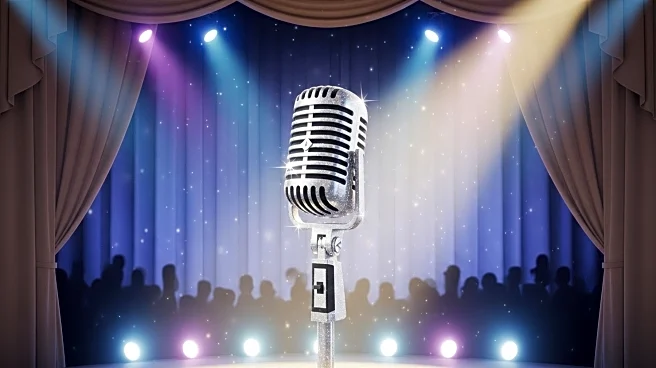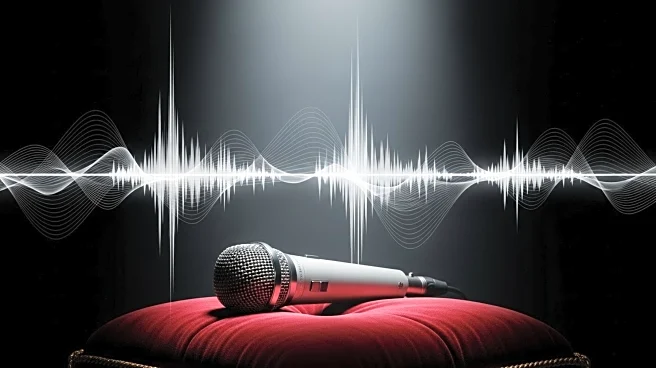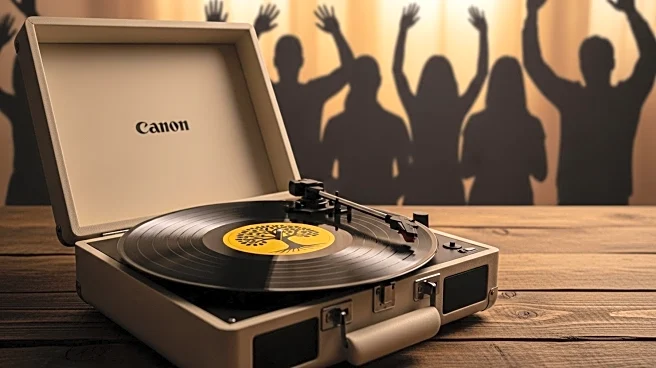What's Happening?
Taylor Swift's latest song 'Wood' from her album 'The Life of a Showgirl' has found an unexpected use beyond entertainment. The American Heart Association (AHA) has highlighted that the song's tempo is ideal for performing Hands-Only CPR. The track, which plays at 100 beats per minute, aligns perfectly with the recommended rate for chest compressions during CPR, which is between 100 to 120 compressions per minute. This revelation was shared in a Facebook post by the AHA, encouraging people to use the song as a guide when performing CPR on teens or adults who collapse. The song, despite its controversial lyrics, has been embraced for its potential life-saving application.
Why It's Important?
The discovery of 'Wood' as a tool for CPR training underscores the importance of public awareness in emergency response techniques. By associating a popular song with CPR, the AHA aims to make the life-saving procedure more accessible and memorable to the general public. This could potentially increase the number of bystanders willing to perform CPR in emergencies, thereby improving survival rates for cardiac arrest victims. The use of music in CPR training is not new, with songs like the Bee Gees' 'Stayin' Alive' previously used for similar purposes. However, leveraging a contemporary hit like 'Wood' could engage a younger audience and broaden the reach of CPR education.
What's Next?
The AHA's promotion of 'Wood' as a CPR tool may lead to further collaborations between health organizations and the music industry to enhance public health initiatives. As the song gains traction in this new context, it could inspire other artists to consider the potential health benefits of their music. Additionally, the AHA's playlist of CPR-friendly songs on platforms like Spotify may see increased engagement, encouraging more people to familiarize themselves with the rhythm of CPR. This initiative could also prompt discussions on innovative ways to integrate popular culture into health education.
Beyond the Headlines
The use of 'Wood' for CPR training highlights the intersection of entertainment and public health, showcasing how cultural elements can be repurposed for educational purposes. This approach not only raises awareness but also challenges traditional methods of health education by incorporating elements of popular culture. It reflects a broader trend of using unconventional methods to engage the public in critical health practices, potentially leading to more creative and effective public health campaigns in the future.










